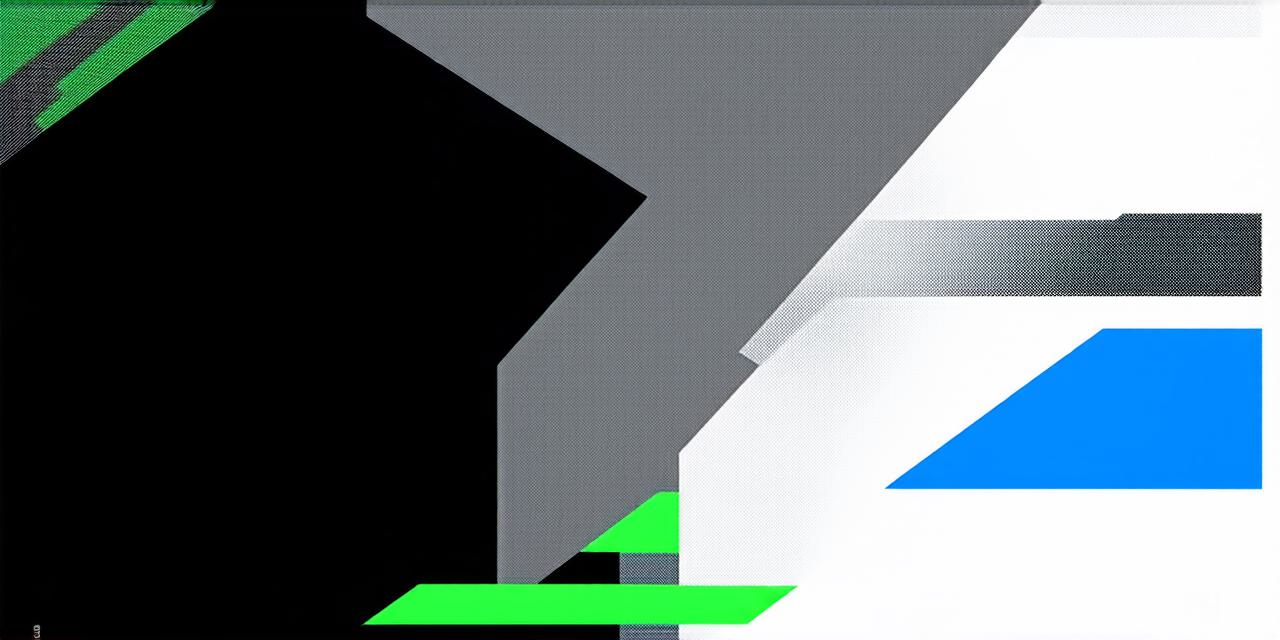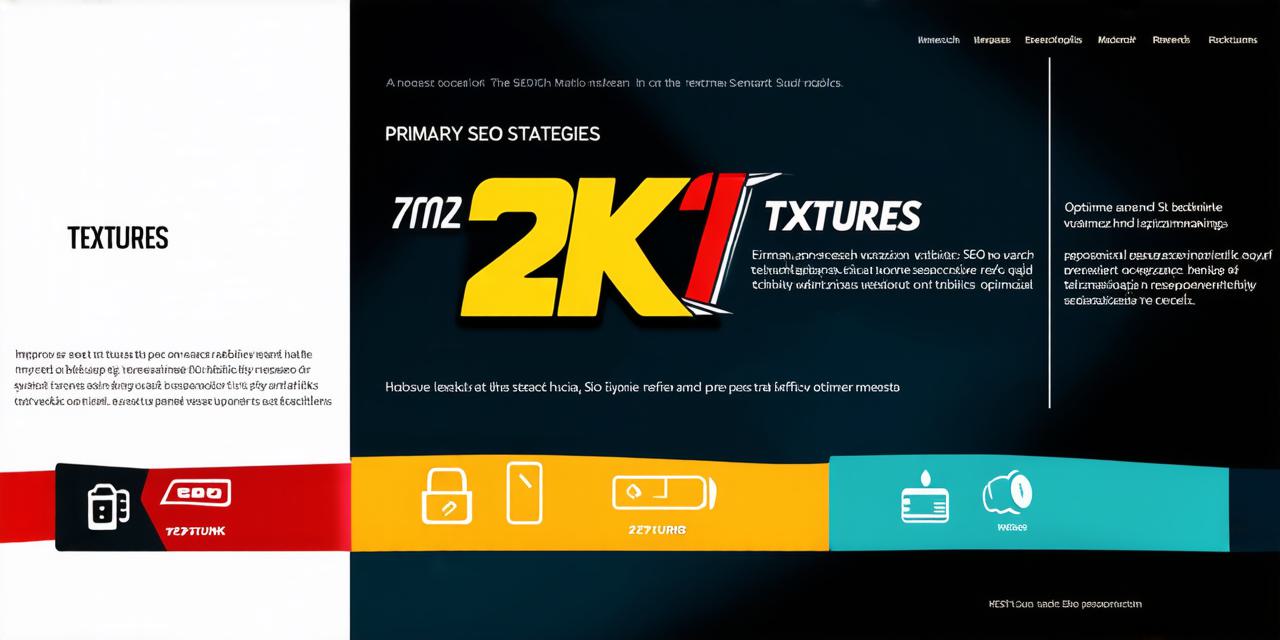What is Digital Design?
Digital design refers to the creation of visual and interactive elements for digital platforms such as websites, mobile apps, and social media. It involves a wide range of skills including graphic design, user experience (UX) design, web development, and motion graphics. The goal of digital design is to create visually appealing and user-friendly experiences that engage and convert users.
Types of Digital Design Jobs
-
Graphic Designer: A graphic designer is responsible for creating visual elements such as logos, branding, and marketing materials. They use software such as Adobe Illustrator, Photoshop, and InDesign to create these designs.
-
UX Designer: A UX designer focuses on designing the user experience of digital platforms. They research and analyze user behavior and preferences to create intuitive and easy-to-use interfaces.
-
Web Developer: A web developer is responsible for building and maintaining websites. They use programming languages such as HTML, CSS, and JavaScript to create these sites.
-
Motion Graphic Designer: A motion graphic designer creates animations and other visual effects for digital platforms. They use software such as After Effects and Cinema 4D to create these designs.
-
UI/UX Designer: A UI/UX designer is responsible for designing the overall look and feel of a digital platform, including its layout, color scheme, and typography. They also focus on creating intuitive user interfaces.

Skills Needed for Success
-
Creativity: Digital designers must have a strong sense of creativity to come up with unique and visually appealing designs.
-
Technical Skills: Digital designers need to be proficient in design software such as Adobe Creative Suite, Sketch, and Figma. They should also have basic coding skills to work with web developers.
-
Communication Skills: Digital designers must be able to communicate effectively with clients and team members to ensure their designs meet the project’s goals.
-
Problem-Solving Skills: Digital designers need to be able to solve problems and find solutions to design challenges.
-
Attention to Detail: Digital designers should have a keen eye for detail to ensure their designs are accurate, consistent, and error-free.
Qualifications Needed for Success
-
Degree in Graphic Design or related field: A degree in graphic design or a related field is often required for entry-level positions in the industry.
-
Portfolio: Digital designers should have a strong portfolio that showcases their skills and experience. This can include examples of their work, case studies, and testimonials from clients.
-
Certifications: There are various certifications available in digital design, such as the Adobe Certified Associate (ACA) or the CompTIA Security+ certification. These certifications can demonstrate proficiency in specific skills or technologies.
-
Internships or Freelance Experience: Gaining experience through internships or freelance work can help digital designers build their portfolio and gain valuable industry experience.
Latest Trends and Technologies
-
Augmented Reality (AR) and Virtual Reality (VR): AR and VR technologies are becoming increasingly popular in the design industry, allowing for more immersive and interactive experiences.
-
Artificial Intelligence (AI) and Machine Learning: AI and machine learning are changing the way designers approach problem-solving and creating personalized user experiences.
-
Design Thinking: Design thinking is an approach to problem-solving that emphasizes empathy, experimentation, and iteration. It has become increasingly popular in the design industry due to its ability to create innovative solutions.
-
Sustainable Design: Sustainable design focuses on creating designs that are environmentally friendly and socially responsible. It is becoming increasingly important in the design industry as consumers become more aware of the impact of their choices.
Case Studies
-
Nike’s “Just Do It” Campaign: Nike’s “Just Do It” campaign was a major success in the 1980s and 1990s, thanks in part to its unique branding and bold typography. The campaign has since become a staple of the design industry and continues to inspire designers today.
-
Apple’s iPhone: The iPhone revolutionized the smartphone industry when it was launched in 2007. Its sleek design, intuitive interface, and cutting-edge technology made it a game-changer for both consumers and designers alike.
-
Airbnb’s User Experience: Airbnb has become one of the most successful startups in recent years, thanks in part to its innovative user experience. The platform’s clean and intuitive design, personalized recommendations, and real-time booking system have made it a favorite among users and designers alike.
Real-Life Examples
-
Spotify: Spotify’s user interface is a great example of effective design. The platform’s minimalist design, clean typography, and intuitive navigation make it easy for users to find and enjoy their favorite music.
-
Instagram: Instagram’s visual interface is a major part of its appeal. The platform’s use of color, font, and layout creates a cohesive and visually appealing user experience that encourages users to share and engage with content.
-
Dropbox: Dropbox’s file-sharing service has become a staple in the design industry, thanks to its simple and intuitive interface. The platform’s use of white space, clear typography, and minimalistic design makes it easy for designers to collaborate on projects and share files with clients.
FAQs
1. What is the difference between a graphic designer and a UX designer?
A graphic designer focuses on creating visual elements such as logos, branding, and marketing materials, while a UX designer focuses on designing the user experience of digital platforms.
2. What skills do I need to become a successful digital designer?
Creativity, technical skills, communication skills, problem-solving skills, attention to detail, and a strong portfolio are all important skills for success in digital design.
3. What qualifications do I need to become a successful digital designer?
A degree in graphic design or a related field, internships or freelance experience, certifications, and a strong portfolio are often required for entry-level positions in the industry.
4. What are the latest trends and technologies in digital design?
Augmented Reality (AR) and Virtual Reality (VR), Artificial Intelligence (AI) and Machine Learning, Design Thinking, and Sustainable Design are some of the latest trends and technologies in digital design.



